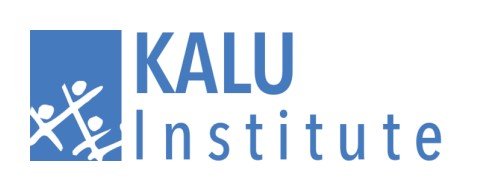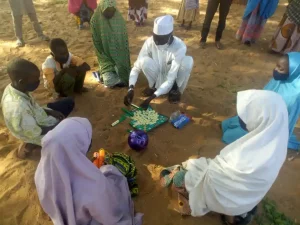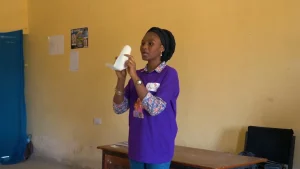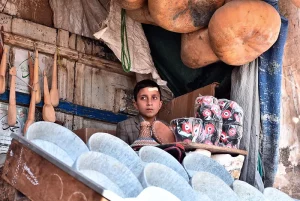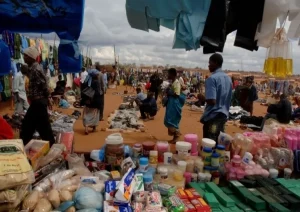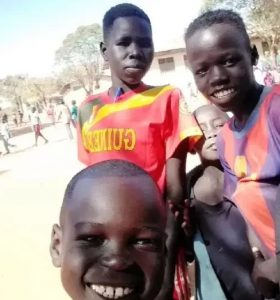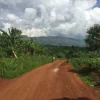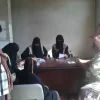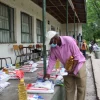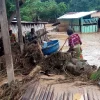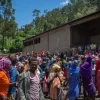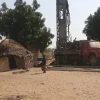The influence of refugee camps to the surrounding communities in developing economies; a case of Mahama refugee camp in Kirehe district, Rwanda.
This study explored the influence of refugee camps to the surrounding communities in developing economies with reference Mahama camp located...
The Challenges of Girl-Child Education, A Case Study of Yobe State, North-East Nigeria
The term ‘girl-child refers to a female between the ages of 6-18 years (Mukhatar (2011). Thus, in countries affected by...
Introduction to Menstrual Hygiene and Management amongst Teenage Girls in Gwagwalada Area Council
This project is focused on educating, empowering, sensitization and awareness of the girl child on menstruation matters. Following recent issues...
Impact of Leadership Style on Employee’ performance In (Non- profit Organizations) Taiz, Ibb Yemen Case Study
Employees performance is a critical factor in organizations success. An effective employee is a combination of an excellent skill set...
The impact of refugees and asylum seekers in contributing to the local and national economic development nexus. A case study of dzaleka camp in malawi
Most governments have remained hesitant in hosting refugees and asylum seekers because their economic contribution to host economies has some...
An assesment of the pushing factors that led to the prevalence of child labour experiences in one of the sudanese refugee camp at Tongo (Western Ethiopia)
To date, the civil war in Sudan’s Blue Nile region resulted 11,172 refugees ended in Tongo refugee Camp, settled in...
